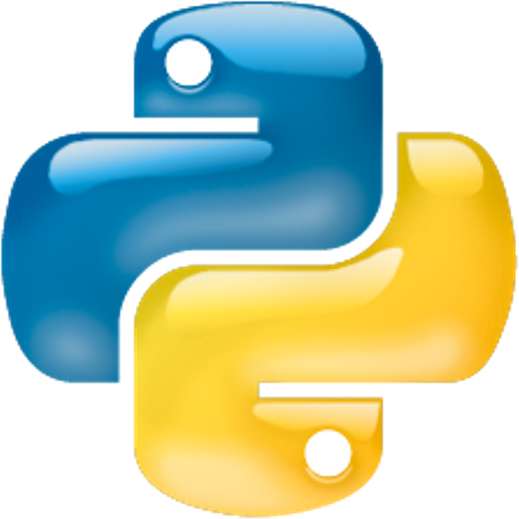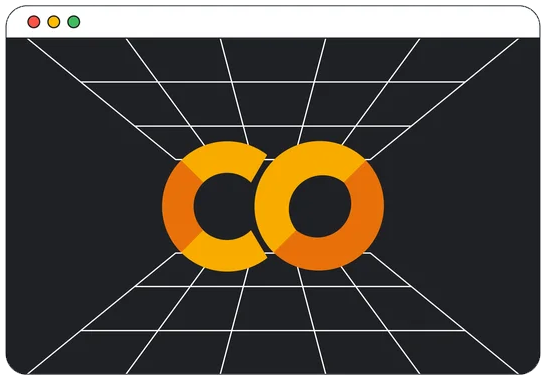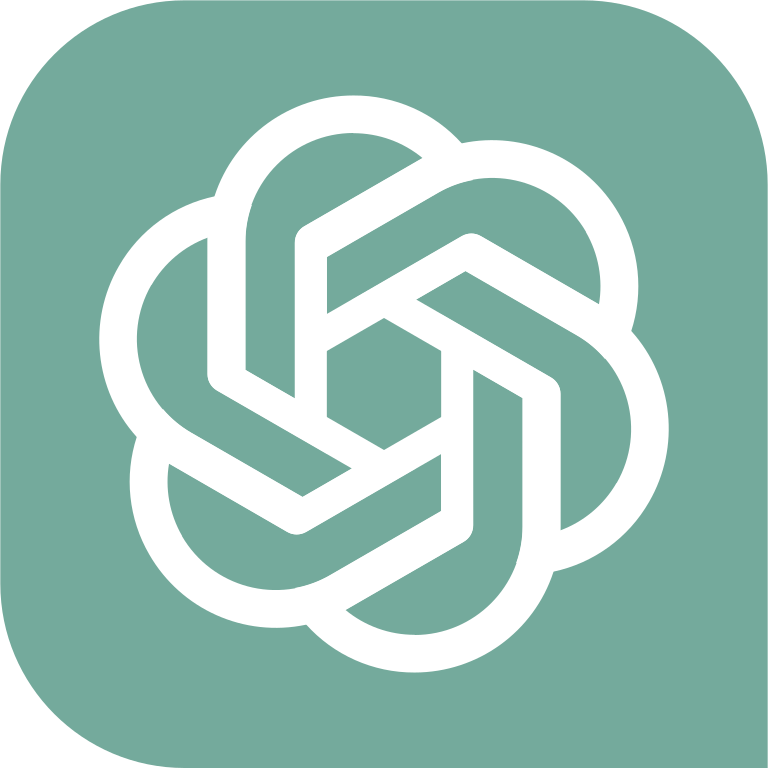Table of Contents » Chapter 5 : Disciplines : Education
Education
Overview
Python programming has become an integral part of the field of education, both as a subject being taught and as a tool to enhance teaching and learning. As a subject, Python is often the first programming language taught to students due to its readability and simplicity, helping students grasp fundamental programming concepts such as variables, control structures, data structures, and algorithms. In addition, Python's wide application across various domains such as data analysis, web development, machine learning, and more, prepares students for diverse career paths in the tech industry. As a tool, Python is used in educational research and analytics to analyze student performance, understand learning patterns, and predict outcomes, thus helping educators make informed decisions to improve curriculum and teaching methods. Libraries like pandas, matplotlib, and scikit-learn are commonly used for these purposes. Furthermore, Python can be used to create educational software and interactive learning experiences, such as simulations, educational games, and programming environments. Thus, Python programming serves a dual role in education: a critical part of the curriculum and a powerful tool to enhance teaching and learning.
- Computer Science Education: Python is commonly taught as a first language in computer science courses due to its simplicity and readability, helping students grasp fundamental programming concepts.
- Educational Research: Python, with its data handling and statistical analysis capabilities, is used in educational research for tasks such as analyzing test scores, comparing teaching methods, and studying learning patterns.
- Educational Technology: Python is used in the creation of educational software, applications, and platforms that facilitate teaching and learning. This includes virtual learning environments, interactive simulations, and educational games.
- Learning Analytics: Python is used in learning analytics to analyze and interpret data about learners and their contexts, for purposes of understanding and optimizing learning.
- Online Learning Platforms: Python is widely used in the backend of many online learning platforms, handling tasks such as data storage, user management, and content delivery.
- Adaptive Learning: Python's machine learning libraries, such as scikit-learn, TensorFlow, and Keras, can be used to develop adaptive learning systems that customize educational content based on individual learner's needs and progress.
- Instructional Design: Python can be used in the design and development of instructional materials, including interactive content and automated grading systems.
- Educational Data Mining: Python is used for mining educational data to discover patterns and insights that can inform educational policy and practice.



